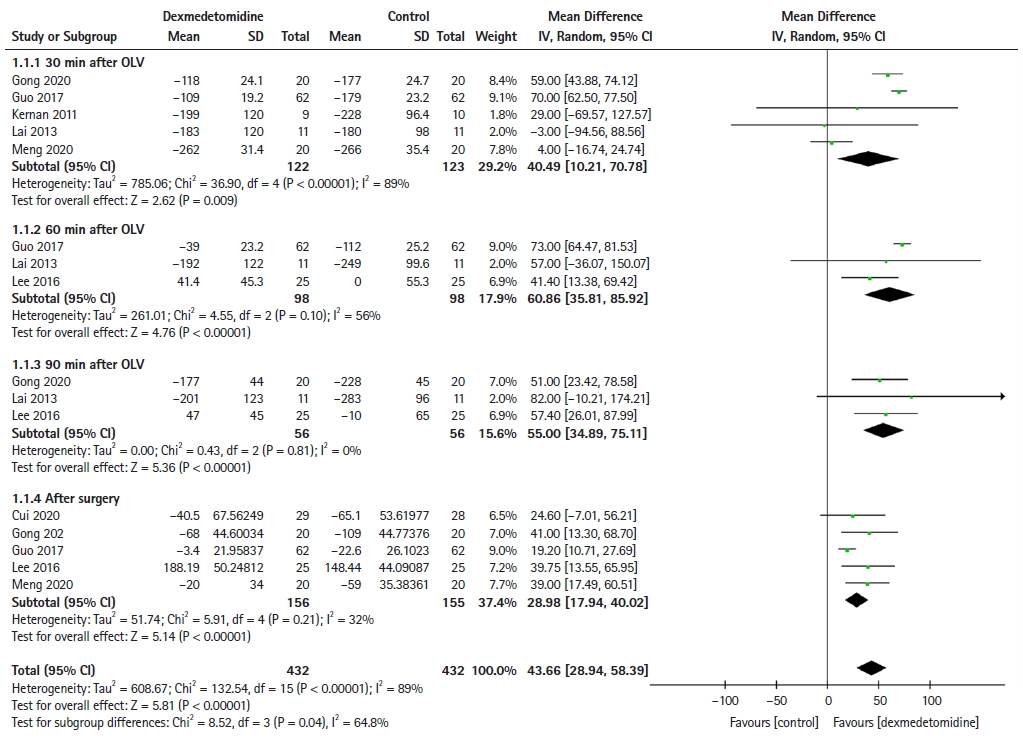 |
 |
| Korean J Anesthesiol > Volume 76(6); 2023 > Article |
|
Abstract
Background
Methods
Results
Conclusions
NOTES
Funding
This work is supported by Grant [2021]24 from the Kuanren Talents Program of the Second Affiliated Hospital of Chongqing Medical University.
Data Availability
All data generated or analyzed during this study are included in this published article and its supplementary information files.
Author Contributions
Lin Yang (Data curation; Formal analysis; Investigation; Software; Writing ŌĆō original draft)
Yongheng Cai (Data curation; Formal analysis; Investigation; Software; Writing ŌĆō original draft)
Lin Dan (Supervision; Validation; Visualization; Writing ŌĆō review & editing)
He Huang (Supervision; Validation; Visualization; Writing ŌĆō review & editing)
Bing Chen (Conceptualization; Funding acquisition; Supervision; Writing ŌĆō original draft; Writing ŌĆō review & editing)
Supplementary Materials
Supplementary┬ĀTable┬Ā1.
Supplementary┬ĀFig.┬Ā1.
Supplementary┬ĀFig.┬Ā2.
Supplementary┬ĀFig.┬Ā3.
Supplementary┬ĀFig.┬Ā4.
Supplementary┬ĀFig.┬Ā5.
Supplementary┬ĀFig.┬Ā6.
Supplementary┬ĀFig.┬Ā7.
Supplementary┬ĀFig.┬Ā8.
Supplementary┬ĀFig.┬Ā9.
Supplementary┬ĀTable┬Ā2.
Supplementary┬ĀFig.┬Ā10.
Supplementary┬ĀFig.┬Ā11.
Supplementary┬ĀFig.┬Ā12.
Fig.┬Ā2.

Fig.┬Ā3.

Fig.┬Ā4.

Fig.┬Ā5.

Table┬Ā1.
| Study | Sequence generation | Allocation concealment | Blinding of participants and personnel | Blinding of outcome assessment | Incomplete outcome data | No selective outcome reporting | Other source of bias | Jadad score | Quality |
|---|---|---|---|---|---|---|---|---|---|
| Asri 2020 [9] | ? | ? | ŌłÜ | ŌĆō | ŌłÜ | ŌłÜ | ŌłÜ | 5 | High |
| Cui 2020 [23] | ŌłÜ | ? | ŌĆō | ŌĆō | ŌłÜ | ŌłÜ | ŌłÜ | 4 | High |
| Gong 2020 [24] | ŌłÜ | ? | ŌĆō | ŌĆō | ŌĆō | ŌłÜ | ŌłÜ | 3 | Low |
| Gu 2017 [25] | ? | ŌłÜ | ŌłÜ | ŌĆō | ŌłÜ | ŌłÜ | ŌłÜ | 6 | High |
| Guo 2017 [26] | ŌłÜ | ? | ŌĆō | ŌĆō | ŌĆō | ŌłÜ | ŌłÜ | 3 | Low |
| Jannu 2020 [27] | ŌłÜ | ? | ŌłÜ | ŌĆō | ŌĆō | ŌłÜ | ŌłÜ | 5 | High |
| Jiang 2022 [1] | ? | ? | ŌĆō | ŌĆō | ŌĆō | ŌĆō | ŌłÜ | 2 | Low |
| Kernan 2011 [28] | ŌłÜ | ŌłÜ | ŌłÜ | ŌĆō | ŌĆō | ŌłÜ | ŌłÜ | 6 | High |
| Lai 2013 [29] | ŌłÜ | ? | ŌĆō | ŌĆō | ŌĆō | ŌłÜ | ŌłÜ | 3 | Low |
| Lee 2016 [17] | ŌłÜ | ŌłÜ | ŌłÜ | ŌĆō | ŌłÜ | ŌłÜ | ŌłÜ | 7 | High |
| Liu 2020 [30] | ŌłÜ | ? | ŌĆō | ŌĆō | ŌĆō | ŌłÜ | ŌłÜ | 3 | Low |
| Meng 2020 [31] | ? | ? | ŌĆō | ŌĆō | ŌĆō | ŌłÜ | ŌłÜ | 2 | Low |
| Xia 2015 [19] | ? | ŌłÜ | ŌłÜ | ŌĆō | ŌłÜ | ŌłÜ | ŌłÜ | 6 | High |
| Zhu 2020 [8] | ŌłÜ | ŌłÜ | ŌłÜ | ŌĆō | ŌłÜ | ŌłÜ | ŌłÜ | 7 | High |
References
- TOOLS
-
 PDF Links
PDF Links PDF Links(Korean)
PDF Links(Korean) PubReader
PubReader ePub Link
ePub Link XML Download
XML Download Full text via DOI
Full text via DOI Full text via PMC
Full text via PMC-
 Download Citation
Download Citation
 Supplement1
Supplement1 Supplement2
Supplement2 Supplement3
Supplement3 Supplement4
Supplement4 Supplement5
Supplement5 Supplement6
Supplement6 Supplement7
Supplement7 Supplement8
Supplement8 Supplement9
Supplement9 Supplement10
Supplement10 Supplement11
Supplement11 Supplement12
Supplement12 Supplement13
Supplement13 Supplement14
Supplement14 Supplement15
Supplement15 Print
Print










